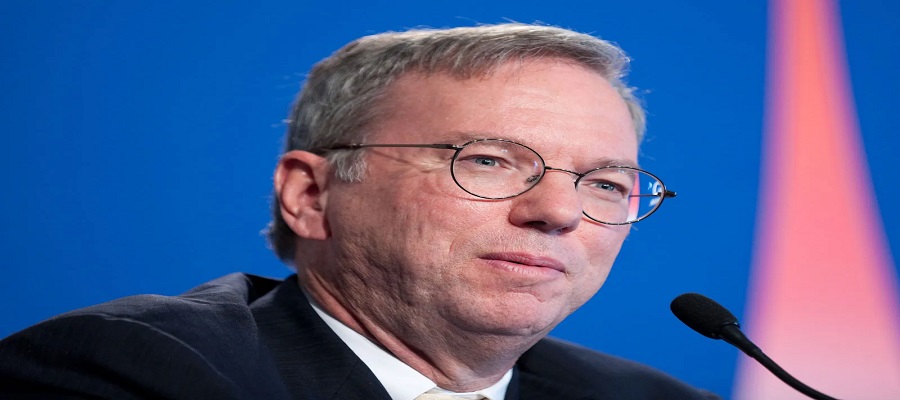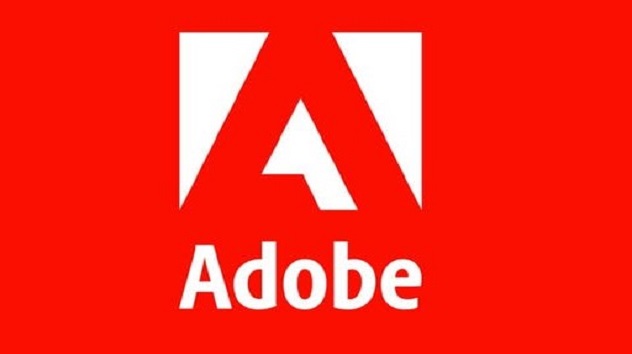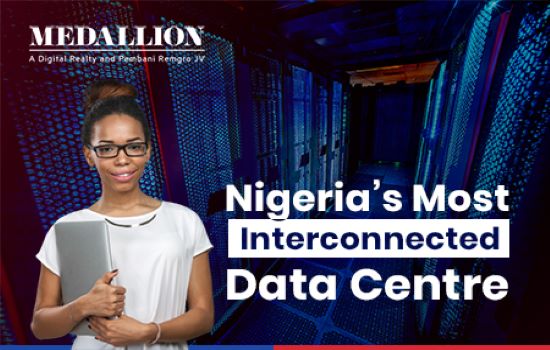E-Business
HDS Unveils Solutions to Free Data from Traditional Hardware
Hitachi Data Systems Corporation, a wholly owned subsidiary of Hitachi, Ltd., has made another leap forward in its technology leadership for delivering software-defined infrastructures that enable customers to simplify IT and free data from traditional hardware and location constraints, making it more accessible for all existing and new analytics-driven workloads.
With the newest additions to the Hitachi VSP family – the G200, G400, G600 and the upcoming G800, unveiled in Lagos on Tuesday, Hitachi Data Systems as an IT vendor addresses customer workload requirements from entry to the mainframe with a single software stack.
Extending the reach of powerful software capabilities that are built into Hitachi SVOS allows the entire VSP family to offer native heterogeneous storage virtualisation and multi-site active-active storage – as well as fully compatible data migration, replication and management.
Customers now have the ability to choose systems based on the necessary capacity, performance and price required to meet their business goals, not because of functional difference.
According to Ben Jooste, regional sales manager, Sub Saharan Africa, “To effectively unlock the value of a software-defined infrastructure, technology must simplify operations through automation, drive insight through better access to information, and improve agility through abstraction that turns fixed assets into flexible resources”.
Customers looking at smaller systems will now get access to the same virtualisation technology that has existed in prior HDS high-end systems that have achieved the highest overall product and use-case specific scores within Gartner’s Critical Capabilities for General-Purpose, High-End Storage Arrays1.
Best of Breed Converged Platforms for Any Workload: The Hitachi Unified Compute Platform (UCP) portfolio has been expanded with new hyper-converged and converged infrastructure models that now cover customers’ needs to rapidly and more easily support core to edge IT workloads.
The latest additions to the UCP family include the hyper-converged Hitachi UCP 1000 for VMware EVO:RAIL, and the converged Hitachi UCP 2000, both use new rack servers and target small to medium or remote or branch office environments.
The Hitachi UCP 6000 converged model integrates the recently launched Hitachi CB 2500 blade servers, and delivers unmatched price-performance for mission critical workloads.
Creating the Active Data Lake for Big Data Analytics: The hyper-converged architecture of the new Hitachi Hyper Scale-Out Platform (HSP) provides cost-effective compute performance and on-demand capacity.
Capable of ingesting massive amounts of mixed data types across a distributed, clustered architecture, the simple, automated management of HSP allows elastic data growth by using Hitachi file system technology with open source management and virtualisation software.
HSP is the ideal scale-out platform for Hadoop environments, allowing users to analyze data in place and eliminate the need to move large data sets to perform analytics functions for big data.
Automated, Application-Led Storage Provisioning and Data Protection: Hitachi Automation Director, a new application that works with the Hitachi Command Suite management infrastructure, provides configurable best-practice-based service templates for simple, application-specific provisioning of storage resources to databases, applications and VDI environments.
Built-in support for role-based access control means that, once established, these templates can be used by business users in a move to self-service provisioning.
As a lightweight complement to Hitachi Command Suite, Hitachi Infrastructure Director is a new storage configuration and management application that uses the new VSP systems’ APIs to provide simple, intuitive management, guided by a built-in recommendation engine, for environments in which simplicity is more important than the need for manual control of every detail.
Hitachi Infrastructure Director gives users the power to direct simplified management operations to rapidly deploy new storage systems and services for the new models in the VSP family.
“For us to truly unlock the value of software-defined storage, the chosen technology must simplify operations through automation, drive insight for more flexible and robust access to data and create agility through abstraction by making fixed resources flexible. Hitachi offers a portfolio to make our goal of a software-defined infrastructure a reality,” said Darius Harris, senior IT manager, Nedbank, South Africa. “In a big move toward this goal, Hitachi is extending its Storage Virtualisation Operating System (SVOS) to an expanded Virtual Storage Platform (VSP) family, essentially bringing the power and potential of storage virtualisation within reach to organisations like ours.”
Hitachi Data Systems, a wholly owned subsidiary of Hitachi, Ltd., builds information management and Social Innovation solutions that help businesses succeed and societies be safer, healthier and smarter. We focus on big data that offers real value – what we call the Internet of Things that matter.
Its IT infrastructure, analytics, content and cloud solutions and services drive strategic management and analysis of the world’s data.
Only Hitachi Data Systems integrates the best information technology and operational technology from across the Hitachi family of companies to deliver the exceptional insight that business and society need to transform and thrive.
E-Business
Schmidt, Ex Google Chief Says AI Risky in Terrorist Hands

Eric Schmidt, former Google CEO has expressed concerns about the extreme risks posed by artificial intelligence (AI) falling into the hands of terrorists or rogue states.

Eric Schmidt, former Google CEO
He warned that nations such as North Korea, Iran, and Russia could adopt AI technologies to develop weapons capable of causing significant harm, including biological weapons.
Schmidt urged governments to oversee private tech companies, emphasising, “The real fears I have are not the ones most people discuss about AI, I talk about extreme risk.”
“I’m always worried about an ‘Osama Bin Laden’ scenario, where truly evil individuals take control of some aspect of modern life to harm innocent people,” he added.
With private companies driving AI advancements, he stressed the need for careful government monitoring and regulation. “It’s really important that governments understand what we’re doing and keep their eye on us,” he said.
His remarks followed a two-day AI summit in Paris, where the UK and the U.S. declined to sign a communiqué outlining the future direction of AI. The declaration on “inclusive and sustainable artificial intelligence for people and the planet” was endorsed by 57 countries, including India, China, the Vatican, the EU, and the African Union Commission.
The UK justified its decision, stating that the agreement lacked “practical clarity” on global AI governance and national security concerns.
Schmidt supports U.S. export controls restricting the sale of advanced AI microchips to certain countries, aiming to slow adversaries’ progress in AI research.
He also highlights the importance of international collaboration on AI safety, suggesting that cooperation with nations like China is essential to addressing global AI challenges.
E-Business
OpenAI CEO Rejects $97.4Bn Takeover Bid from Elon Musk

Sam Altman, chief executive of ChatGPT-owner OpenAI, has firmly declared the company “not for sale” following a $97.4bn (£78.4bn) takeover bid from a consortium led by Elon Musk.

Elon Musk
Speaking at the AI Action Summit in Paris, Altman emphasised OpenAI’s mission to develop AGI (artificial general intelligence) for the benefit of humanity.
Marc Toberoff, attorney for Elon Musk, confirmed the bid submission on Monday.
In response, Altman humorously offered to buy Twitter for $9.74 billion on Musk’s platform.
Unlike many tech giants, OpenAI is not publicly traded but operates through a complex partnership between non-profit and for-profit entities.
Musk aims to return OpenAI to its non-profit roots, despite owning a rival firm, xAI.
Christie Pitts, a tech investor, expressed scepticism about Musk’s intentions, noting his competitive interests.
Altman echoed this sentiment, suggesting Musk’s move disregards OpenAI’s mission.
Altman, who holds no stock in OpenAI, advocates transforming the organisation into a fully for-profit company to raise more funds for AI research.
Although the board has the final say, the $97.4bn offer falls short of OpenAI’s previous $157bn valuation and rumoured $300bn in future funding talks.
Toberoff stated the consortium might increase their bid. Meanwhile, OpenAI is collaborating with Oracle, a Japanese investment firm, and an Emirati sovereign wealth fund on “The Stargate Project,” a $500 billion AI infrastructure initiative announced by President Donald Trump.
E-Business
Adobe Launches AI Video Tool to Compete with OpenAI

Adobe yesterday released the first public version of an artificial intelligence tool that can generate video clips and revealed how much it will charge, but said it will not set pricing for major users such as studios until later this year.

The Firefly Video Model, as Adobe is calling the service, will compete against Sora, a model developed by ChatGPT creator OpenAI, and startup Runway, both of which currently offer video-generation services. Facebook owner Meta Platforms has also developed a video-generation AI model but has not given a timeline for when it will be released.
Adobe’s model differs from its rivals because it is geared toward generating clips that will fit into how film and television studios use Premiere Pro, its flagship video editing software.
To that end, many of the features that Adobe is emphasizing revolve around feeding existing shots into the video model and asking it to generate clips that fix or expand on shots that were taken on a real production set but that did not come out quite right.
Adobe said the service will generate five-second clips at 1080p resolution. While that is shorter than the clips of up to 20 seconds generated by OpenAI’s service, Adobe executives said the majority of individual clips in most productions are only three seconds.
Adobe said a user can generate 20 clips per month for $9.99 and 70 clips for $29.99. That compares with 50 videos for $20 per month with OpenAI’s plan at lower resolution and a $200 OpenAI plan that can handle longer, higher resolution videos.
Adobe is also working on a “Premium” pricing plan for studios and other high-volume video users and will release those pricing details later this year. Alexandru Costin, Adobe’s vice president of generative AI, said the company is working to generate 4K video and will remain focused on quality rather than longer clips.
“We actually think that great motion, great structure, great definition scheme, making the actual clip look like it was film, is more important than making a longer clip that’s unusable,” Costin told Reuters.

 News2 days ago
News2 days agoTikTok Returns on Apple, Google US App Stores as Trump Delays Ban

 General News2 days ago
General News2 days agoResearchers Develop Innovative Treatment for Malaria

 E-Financial2 days ago
E-Financial2 days agoAfrican Union Launches Credit Rating Agency to Promote Regional Economic Integration

 Broadcasting2 days ago
Broadcasting2 days agoFG Kickstarts Construction of Emerging Technologies Institute in Kano

 Telecom2 days ago
Telecom2 days agoVisa Launches Report on Digital Payment Landscape in Nigeria, Shows Positive Outlook

 General News2 days ago
General News2 days agoNigeria to Host ICEGOV 2025, A Milestone in Digital Governance and Global Leadership

 General News2 days ago
General News2 days agoMTN Nigeria Foundation Supports Education with Donation of School Supplies to 1000+ Students

 Broadcasting2 days ago
Broadcasting2 days agoFamily Marks one-year Memorial of Late APC Chieftain, Ojougboh with Charity Outreach















